Cleaning Up Safely After A Hurricane
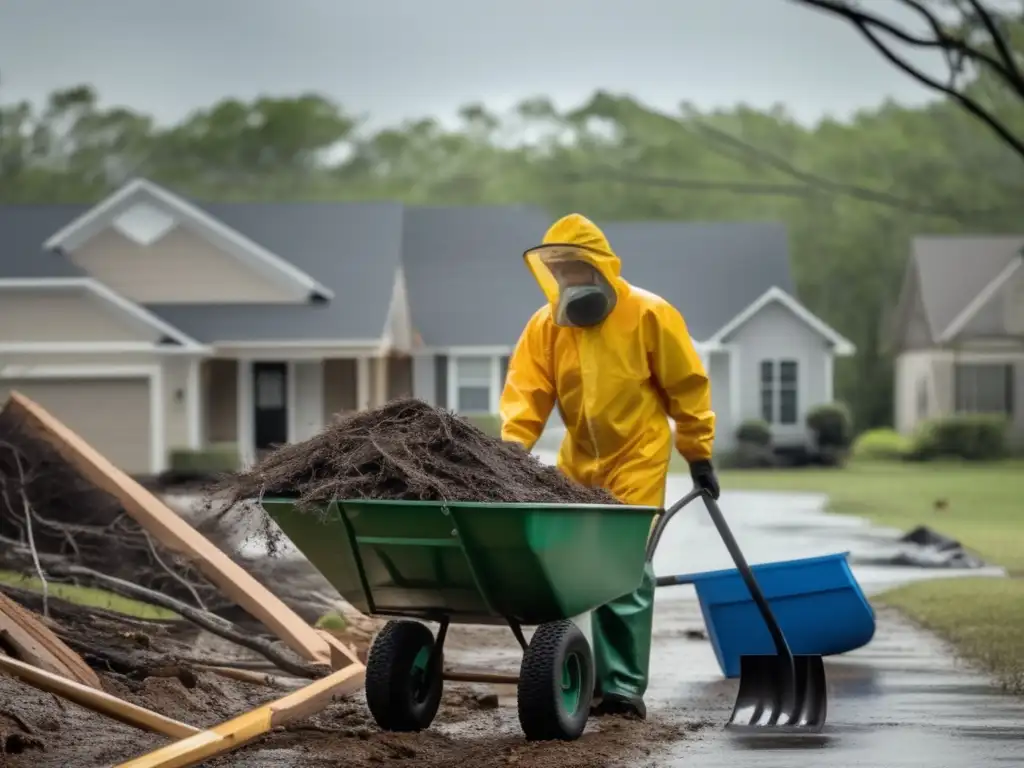
Cleaning Up Safely After a Hurricane
Introduction
Hurricanes can cause severe damage to homes, buildings, and entire communities. After the storm passes, it is essential to know how to clean up safely to avoid injury or illness. This article will provide information on how to clean up safely after a hurricane, including proper disposal of debris, potential health hazards, and tips for preventing injuries.
Disposing of Debris
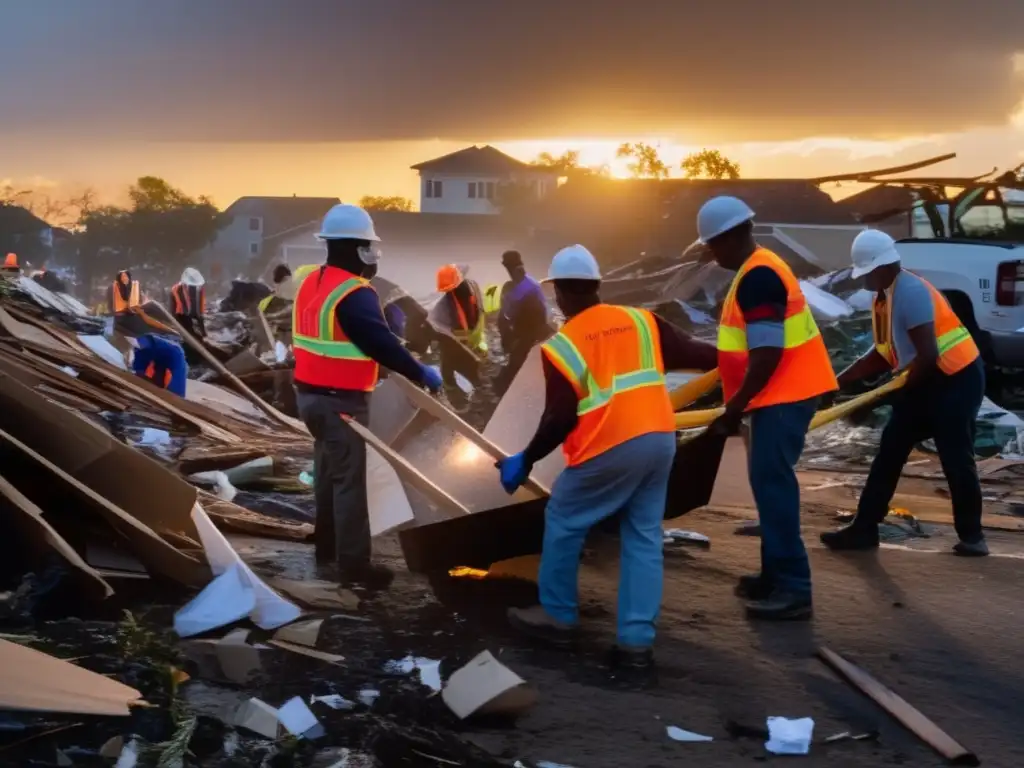
Safely Handling Debris
Before starting the cleanup process, it's crucial to ensure that your safety is a top priority. Wear gloves, protective clothing, and footwear to prevent injury and protect yourself from hazardous materials such as sharp objects, toxic chemicals, and harmful bacteria. Be cautious of any downed power lines and report them immediately if seen.
Separating Debris
Separating debris into different piles will help facilitate the process of disposing of it properly. Depending on the regulations in your area, you may need to separate debris into piles for yard waste, construction materials, hazardous waste, electronics, and appliances. Make sure to follow local instructions precisely.
Proper Disposal of Debris
Once the debris is separated into piles, it needs to be disposed of safely. Check with your local government to learn the procedures for disposing of trash and debris. Follow the guidelines set by the government on bagging debris, separating hazardous material, and leaving out bulky items for pick-up. If required, take the debris to a designated location according to the guidelines set by your local government.
Health Hazards
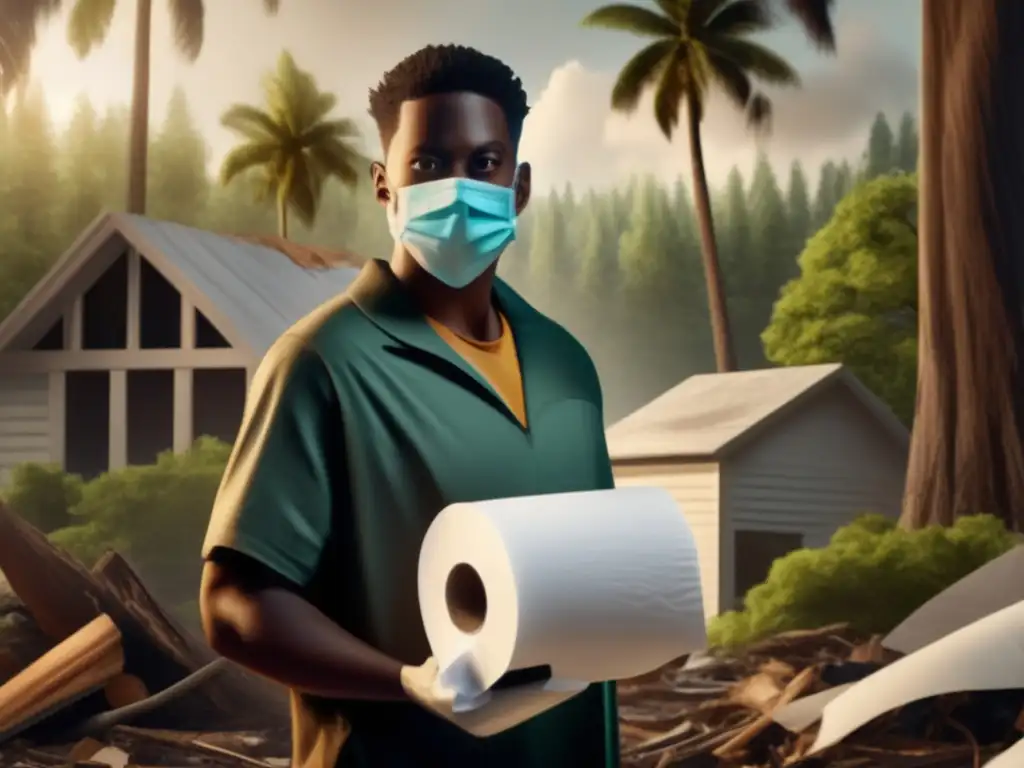
Avoiding Contamination
After a hurricane, standing water and flooded areas can become breeding grounds for bacteria and other microorganisms. Take steps to avoid contaminated water or exposure to high levels of mold growth.
Protecting Yourself from Wildlife
Hurricanes can displace wildlife, including snakes, rodents, and insects, which may pose a risk to humans. Wear gloves when handling debris, piles of wood, and other materials that may shelter these creatures.
Avoiding Electrocution
Be cautious of electrical hazards, such as downed power lines or damaged electrical systems. Assume all lines are live and stay away from them. If you suspect a power line is down, contact the local electric company immediately.
Preventing Injuries
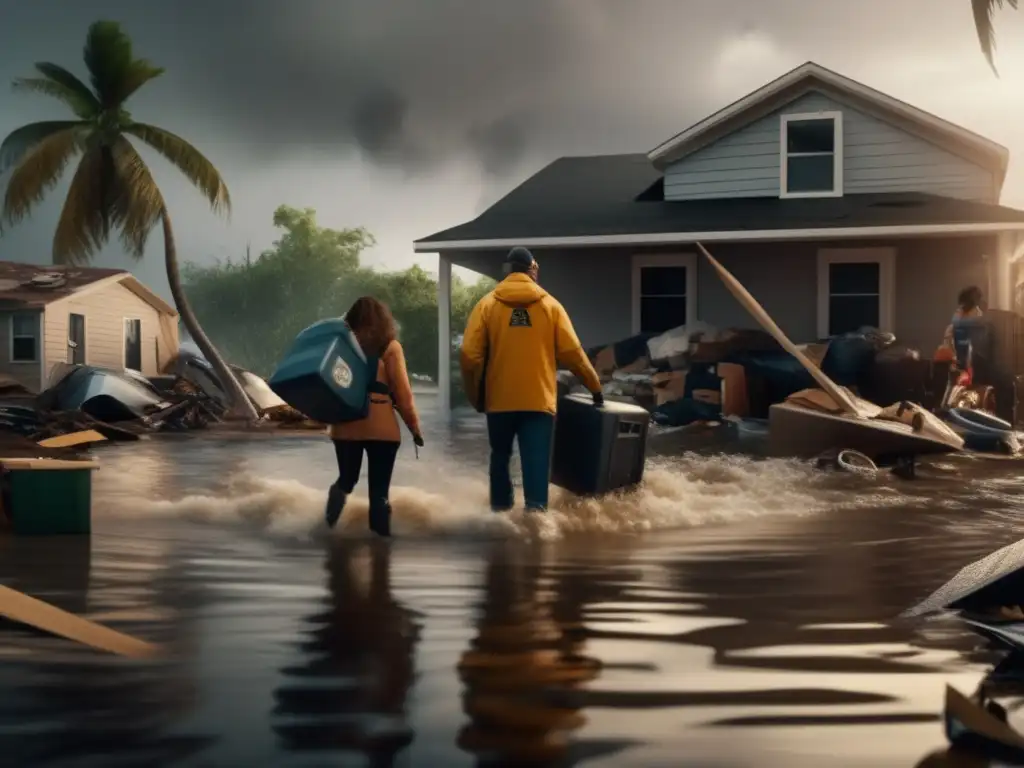
Avoiding Falls
Falls are a common injury during hurricane cleanup efforts. Be mindful of wet and slippery conditions. Wear proper footwear with non-slip soles and use caution when navigating surfaces.
Using Tools Safely
When using tools such as chainsaws, make sure you are experienced, trained, and have the proper protective equipment. Always follow the manufacturer's instructions for use carefully.
Proper Lifting Techniques
To reduce the risk of back injuries, lift heavy objects with your legs, not your back. Bend at the knees, and keep your back straight when lifting heavy items.
Frequently Asked Questions
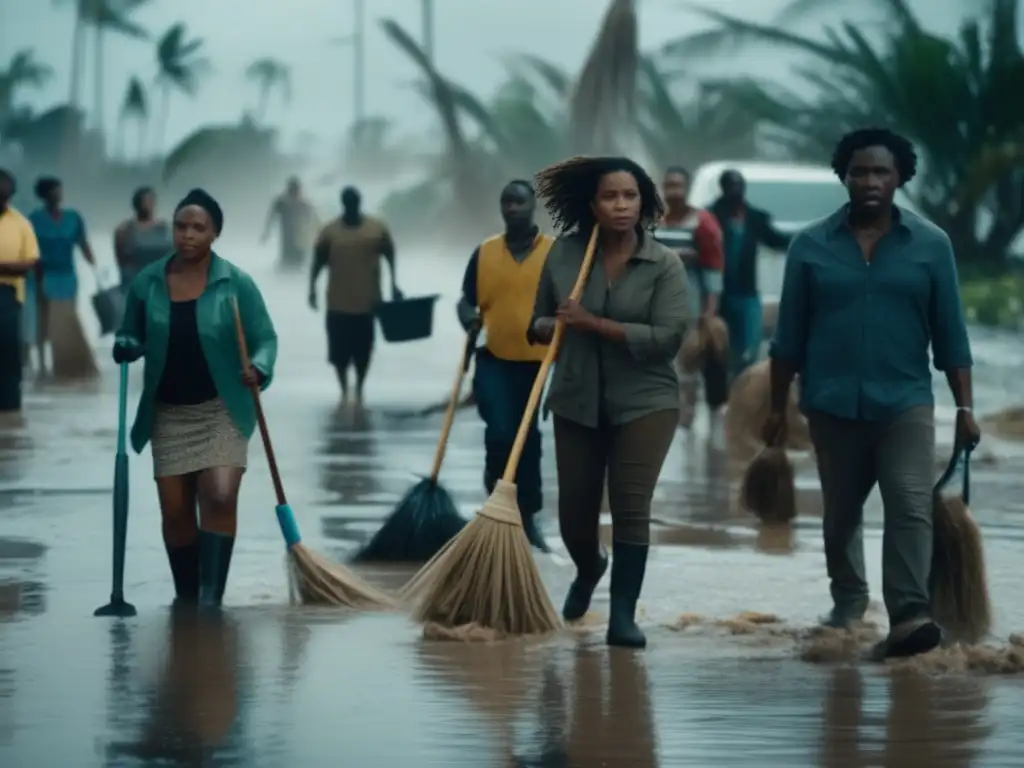
-
How do I properly dispose of hazardous materials after a hurricane?
Check with your local government to follow guidelines on the proper separation and disposal of hazardous waste materials.
-
What should I wear when handling storm debris?
Wear gloves, protective clothing, and footwear to prevent injury and protect yourself from hazardous materials such as sharp objects, toxic chemicals, and harmful bacteria.
-
What should I do if I suspect a downed power line?
If you suspect a power line is down, contact the local electric company immediately.
-
How can I avoid falls during hurricane cleanup?
Be mindful of wet and slippery conditions. Wear proper footwear with non-slip soles and use caution when navigating surfaces.
-
What is the best way to lift heavy objects during cleanup?
Lift heavy objects with your legs, not your back. Bend at the knees and keep your back straight when lifting heavy items.
Conclusion
Cleaning up after a hurricane can be a physically and emotionally challenging task. However, practicing safety procedures and following local guidelines for disposal is crucial to protect yourself and your community. Remember to wear proper protective gear, watch out for hazards such as downed power lines, and separate debris appropriately for disposal. With careful preparation and the right tools, you can help to restore your neighborhood safely.
If you have any additional questions or thoughts on cleaning up safely after a hurricane, please share them in the comments below. Thank you for reading, and please stay safe!
Additional Resources

For more information on post-hurricane cleanup and recovery, please visit the following websites:
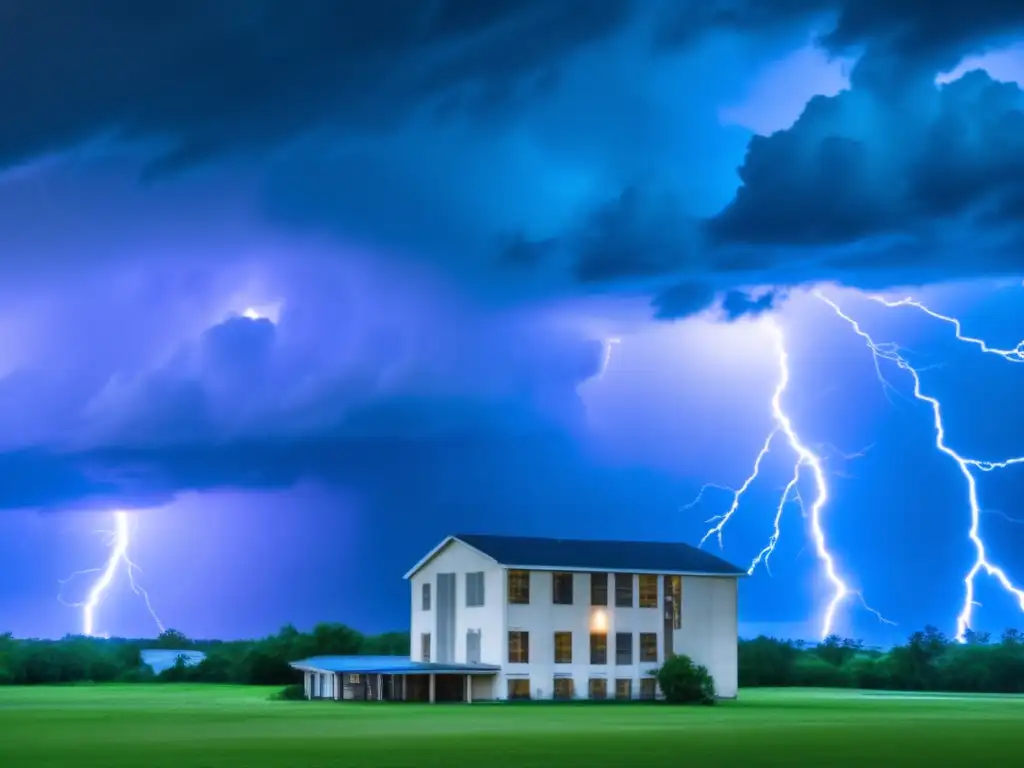 Insurance Claims: Navigating The Process After A Hurricane
Insurance Claims: Navigating The Process After A Hurricane Reuniting With Family And Pets After A Hurricane
Reuniting With Family And Pets After A Hurricane Staying Healthy: Managing Health Concerns Post-Hurricane
Staying Healthy: Managing Health Concerns Post-HurricaneIf you want to discover more articles similar to Cleaning Up Safely After A Hurricane, you can visit the Hurricane recovery: category.
Leave a Reply

Articulos relacionados: